You have no items in your shopping cart.
Wine Chablis
The Chablis vineyard is the kingdom of Chardonnay. It has conquered the world and the most demanding palates with its dry white wines of an exceptional typicity. Its history is that of families of winegrowers who have passed on their know-how and their fine knowledge of their terroir over the centuries. Read more on Chablis
-
Top Selling-27%
-
Top Selling-25%
-
Top Selling-17%
Appellation Chablis
There are now more than 300 estates in the terroir chablisien, some of which have been in the same family for 14 generations. Chablis is also a cooperative cellar created in 1923, which today represents a quarter of the vineyard.
The Chablis appellation dates back to the Cistercian monks
The Chablis vineyard is located in the northernmost part of Burgundy, in the Yonne department. The appellation area radiates around the town of Chablis and extends over 20 communes.
The presence of vines is attested to as early as Roman times and the creation of the village of Chablis. The vineyard will experience a first important phase of expansion in the 12th century thanks to the Cistercian monks. The latter played a major role in the whole of the Burgundian vineyard and particularly in Chablis with the foundation of the Abbey of Pontigny in 1114.
The end of the 19th century was marked for the whole vineyard by the phylloxera crisis. The Chablis vineyard was badly affected and its production area was reduced to 550 hectares.
Chablis wines are characterised by their minerality
Today, the Chablis vineyard covers 5500 hectares entirely dedicated to the culture of Chardonnay. This world-famous grape variety originated in Burgundy. It expresses itself on the terroir of Chablis like no other. Indeed, the Chablis terroir benefits from geological and climatic particularities that offer Chardonnay a great typicity.
The subsoil of Chablis is called: Kimmeridgian. It is a geological layer dating from the Upper Jurassic, i.e. about 150 million years ago. Mainly made up of grey marl and limestone banks, the subsoil is particularly rich in fossils of Exogyra Virgula, small oysters, which provide that minerality so characteristic of Chablis wines.
The geographical situation of the Chablis appellation offers the territory a climate known as Oceanic degraded. Namely, it benefits from both oceanic and continental influences. This climate is characterised by low rainfall, harsh winters and hot summers. The Chablis vineyard is particularly sensitive to spring frost.
Below the name Chablis are four appellations
Behind the name Chablis are 4 appellations, each with their own characteristics.
Chablis:
This is the Village appellation of the vineyard. It represents 3630 hectares of production spread over all the communes of the generic appellation. Its AOC was instituted in 1938 and enshrines the production of a dry white wine made exclusively from Chardonnay. The wine has a bright, pale gold colour. Its nose is characterised by a fresh, lively and mineral bouquet. On the palate, the wine is dry and all finesse. It reveals aromas of white-fleshed fruit, citrus, notes of lime or acacia and of course, its main characteristic, nuances of flint or gunflint.Petit Chablis:
Established in 1944, the Petit Chablis appellation represents 1018 hectares in production throughout the Chablis area. These terroirs are mainly located at the top of the hill or on the beginning of the plateau. The wine has a pale golden colour. It offers a delicate nose with notes of white flowers, citrus fruits and mineral nuances. In the mouth, the wine is lively on the attack and continues on well-balanced roundness. It offers a mineral and fresh finish. Petit Chablis is best enjoyed in its youth.Chablis 1er Cru:
Established in 1938, the Chablis 1er Cru appellation covers a production area of 780 hectares spread over the communes of Beines, Chablis, La Chapelle Vaupelteigne, Chichée, Courgis, Fleys, Fontenay-Près-Chablis, Fyé, Maligny, Milly, Poinchy. The appellation dedicates 40 climats classified as 1er Cru. Climats are micro-terroirs precisely delimited for their geological and climatic characteristics. The Climats of the Chablis 1er Cru appellation are located on hillsides on either side of the Serein river.The wine has a pale gold colour with green reflections. Its nose is delicate and complex, blending floral, fruity and mineral notes. On the palate, the wine is structured and reveals a complex aromatic palette. The finish is long and full of finesse and minerality. It is a wine for aging and gastronomy.
Chablis Grand Cru:
Established in 1938, the Chablis Grand Cru appellation covers an area of about 100 hectares in the commune of Chablis. The appellation dedicates 7 climats: Blanchot, Bougros, Les Clos, Grenouilles, Les Preuses, Valmur and Vaudésir. These climats are located exclusively on the right bank of the Serein between 100 and 250 metres in altitude.The wine has a pure, greenish-gold colour. The nose reveals a complex bouquet marked by an intense minerality, notes of dried fruit and white flowers. On the palate, the wine is perfectly balanced offering vivacity and roundness. The aromas develop with great character. The finish is persistent highlighting its mineral framework. It is a wine for great aging and gastronomy.
The perfect match between Chablis and a seafood platter
Chablis wines are dry white wines renowned for their pronounced mineral framework. Pleasant as an aperitif, they are also perfect for accompanying an entire meal. Their minerality makes them the perfect companions for a seafood platter, shellfish or fish cooked in sauce. Chablis wines also go wonderfully well with white meats, especially Bresse chicken.
There are many mythical Chablis estates
There are many mythical Chablis estates, producing wines on the most beautiful climates.
The Ravenau estate:
The Ravenau estate is located in Chablis on an area of about 9.5 hectares entirely dedicated to Chardonnay. The vines of the estate are quite old (about 40 years old) and present on the most famous climats ("Les Clos", "Valmur" and "Blanchots"). The annual production reaches about 50,000 bottles. The estate has remained faithful to manual harvesting, barrel ageing and controlled yields.A true star of the appellation, Domaine Ravenau's wines are hitting the high notes and garnering top marks from Robert Parker. Among the most famous vintages are the Chablis Grand Cru Les Clos and the cuvée Montée de Tonnerre.
The Vincent Dauvissat estate:
The Vincent Dauvissat estate, cultivated for 3 generations, is located in Chablis on an area of about 13 hectares entirely dedicated to Chardonnay and Pinot Noir. The estate covers the four local appellations (Petit Chablis, Chablis, Chablis 1er Cru and Grand Cru).The estate has been biodynamic farming since 2002 and produces only one red wine: Irancy. The estate produces extraordinary vintages (Vaillons, Séchet, Montée de Tonnerre, La Forest)
William Fèvre:
Created in 1959, the estate at the time covered 7 hectares. Since then, the estate has acquired new plots of land to reach 78 hectares today, 15.9 of which are Premier Cru and 15.2 Grand Cru. Committed for nearly 10 years to a process of respect for nature and controlled yields, the estate has obtained the High Environmental Value label. The estate's crus are renowned for their personality and minerality.The Chablis appellation is renowned for its festivals and traditions
Throughout the year, the Chablisians share their heritage and passion through festivals and traditions.


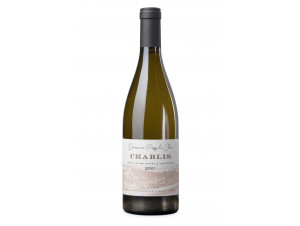


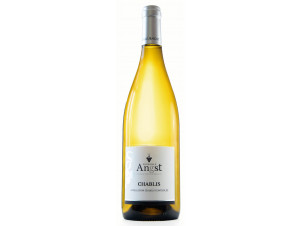



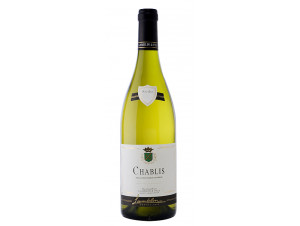
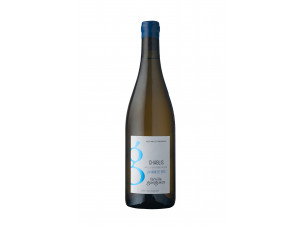
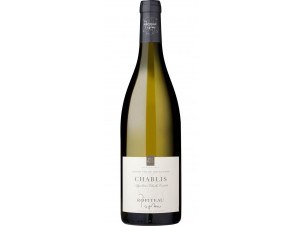





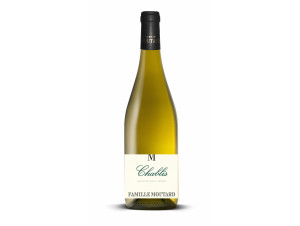



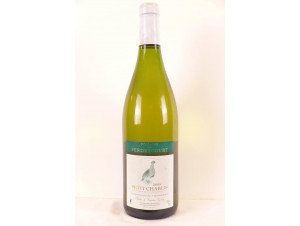











 TWIL - Achat de Vin
TWIL - Achat de Vin


